South Africa TV Planning
Before the Announcement
The first public announcement with respect to South Africa getting television came on April 27, 1971, when the Minister of National Education, Senator J. P. van der Spuy, announced that the Government
had approved a television service for South Africa.
SABC Management
Anticipating the announcement for several years the SABC was faced with numerous decisions with respect to the implementation of a nationwide television service. These decisions included:
- Proposed commencement date
- Location to build television complex
- Consultants and contractors to build the television complex
- Transmitter network to provide coverage
- Distribution network to relay signal from television complex to transmitter sites
- Technology to be adopted, that is NTSC (USA), SECAM (France) or PAL (Europe)
- Program material
- Staffing, both operational and technical
The planning of the proposed television network was kept a secret with only a limited number of staff being involved. This was limited to Douglas Mills (Director: Technical Services), Gert Yssel (Management),
Piet Theron (Planning), Neel Smuts (Technical Planning), Phil Bartel (Studios), Astley Blakemore (Transmitters), G.A de Bruyn, L. Durston (Architect) and J. Voorendyk.
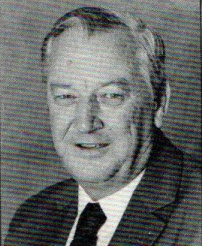
D G H Mills
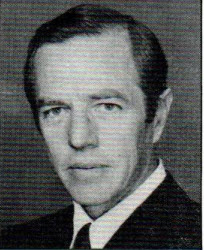
G J Yssel
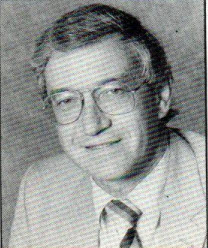
P Theron
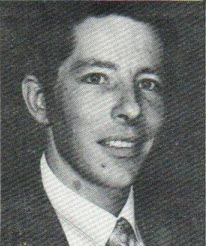
N Smuts
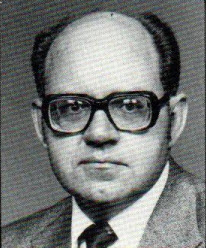
H P Bartel
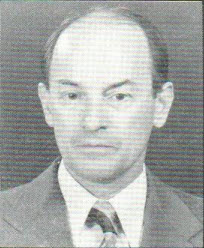
A D Blakemore
While those external to the SABC were kept in the dark, there were a few exceptions these included two people who had access to the SABC team managing the initial planning. These included Keith Dunford
and Derric Wilson.
Keith Dunford - TVS Broadcast Systems
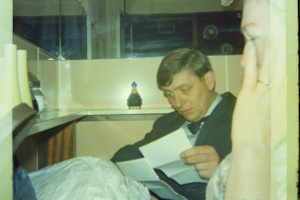
Keith started his career in television engineering in 1958 when he joined Grenada Television in the UK. He moved on to Border TV and then worked for Thomson TV under contract building TV stations.
In 1969 he contracted to design and install the service for Abu Dhabi. A project, scheduled to be completed in 12 months, was completed in 9 months. Having completed the project three months early
he decided to take a vacation and visit South Africa after seeing an advertisement in the newspaper by Gallo Electronics looking for television, radio and recording studio engineers. The person he spoke to
a Gallo was Malcolm Ramsey, a New Zealander he had worked with at Border TV.
Keith decided to visit South Africa for three months, arriving in November 1970. Keith did contract work for Gallo and then formed his own company TVS Broadcast Systems. He was also introduced to
Derric Wilson. In September 1970 he assisted Neel Smuts (SABC) and Brian Horn (RTV) to attend the International Broadcasting Convention (IBC) in the UK, under the alias as working for his company.
SABC did not want to advertise the fact they were considering introducing television and Rhodesia (RTV) were under British sanctions, after Rhodesia declared UDI from the UK in 1965.
TVS Broadcast Systems in coordination with Telequip arranged for PYE TVT, Thomson-CSF and Ampex to bring out Outside Broadcast vehicles to cover the Kyalami Grand Prix in March 1971, to demonstrate the PAL
and SECAM television systems.[2]
Derric Wilson - Telequip
Derric owned a company called Telequip, positioned to provide equipment to the SABC once they started procurement. His strong ties both politically and with the SABC gave him a significant advantage.
Telequip were the agents for Ampex, Neve, Pye TVT, Prowest, Link Electronics, Cox, and many others.
Telequip together with Gallo Electronics constructed a television studio and control room on the K1 level in the workshop block at Broadcast Center. This was never put into use and was abandoned in
1971 when the TV projects commenced. The area was later used as the Electronic Test Center (ETC) for the evaluation and acceptance testing of vendor equipment.[3]
The Decisions
With respect to the implementation decisions, the course of action taken was:
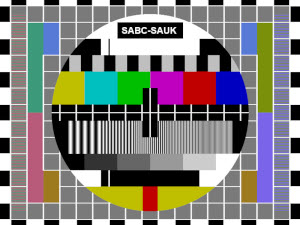
- Proposed commencement date
The introduction date for the nation-wide service was on January 5th, 1976, with test transmissions commencing in mid-1975. The test transmissions, which consisted of a color test pattern, were to
enable television set sales, installation, and alignment.
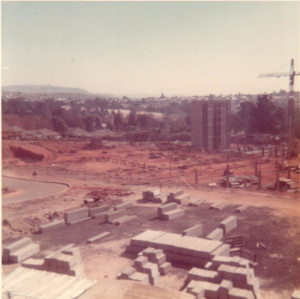
- Location to build television complex
As part of its long term planned for a Broadcast Center for both Radio and Television the SABC acquired the site in Auckland Park which had been a police barracks. Construction on the site of the
administration building and radio studios commenced in 1968.
- Consultants and contractors to build the television complex
In 1971 the television project was launched with a team of consultants consisting of:
- Electronic & Management Consultants - Fischbach & Moore Systems
- Architects - Stauch, Vorster & Partners
- Quantity Surveyors - C.P. de Leevv & Partners
- Structural Engineers - Bruinette Kruger Stoffberg & Hugo
- Building Contractor - Roberts Construction
- Television Advisors - Thames Television
- Mechanical Engineering Consultants - G.H. Marais & Partners
- Electrical Engineering Consultants - C.A. du Toit & Partners
- Acoustic Consultant - C.C. Buckle
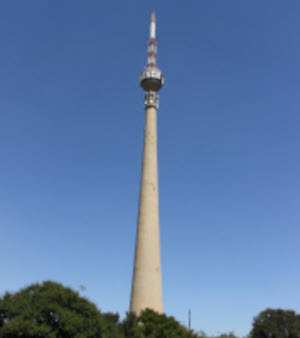
- Transmitter network to provide coverage
This project was to be done by the SABC transmitter department headed by Astley Blakemore.
- Distribution network to relay signal from television complex to transmitter sites
All telecommunications in the country were handled by SAPO (South African Post Office) who undertook to handle the distribution of signals from the Television Center to the numerous transmitter sites.
In addition, SAPO were to provide uplinks for Outside Broadcast (OB) coverage from regional television switching centers the SABC built in Cape Town, Durban, Bloemfontein, and Port Elizabeth.
- Technology to be adopted, that is NTSC (USA), SECAM (France) or PAL (Europe)
Telequip contracted TVS Broadcast Systems to do an analysis of the options and provide a recommendation which was submitted to the SABC.
TVS Broadcast Systems also conducted a series of television training courses at their Kensington offices for a SABC management team led by Neel Smuts. The team included Piet Theron, Phil Bartel, and
Astley Blakemore.
The SABC chose the PAL system, using the I standard as used in the UK. Typically, only channels 4 to 11 in the VHF were used, but the SABC added channel 11, assigning it to be used by transmitters in
the major markets.[1] This was done to protect television sets being manufactured in South Africa, as other countries did not use channel 11. Local television set manufacturers were further protected
by a 100% import duty on imported television sets.
France had supplied the South Africa Air Force with Mirage F1 fighter aircraft, Alouette and Puma helicopters and Cactus missile system. The SABC had been under a lot of pressure to adopt the SECAM
television standard and so to appease the French, the SABC awarded the contracts for color television cameras and television transmitters to Thomson CSF.
- Program material
Airtime was to be divided equally between English and Afrikaans, with the Afrikaans portion to consist of local and language dubbed overseas material.
- Staffing, both operational and technical
The SABC undertook the task of hiring and training both technical and operational staff. The SABC did not allow staff to transition from its radio services. The first two engineers to join the television
team were Brian Horn and Philip Slack from Rhodesia Television. Personnel were recruited from the UK to train production staff, that is production, sound, technical operations, cameras, and lighting.
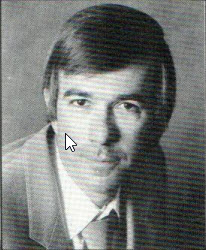
Brian Horn

Philip Slack
References:
- “Specification of television standards for 625-line system-I transmissions in the Republic of South Africa” – SABC. First Edition: March 1972, Revised Edition: February 1976.
- “South Africa’s First TV Outside Broadcast” www.satv.network.
- An article on the ETC and the role it played in the TV projects is being compiled.











